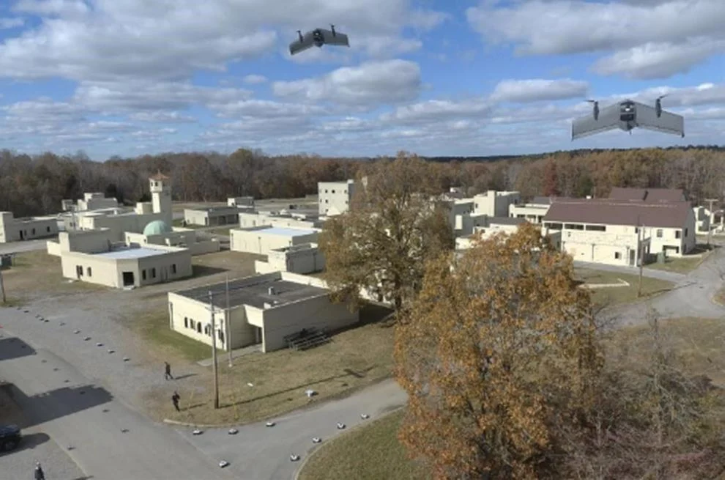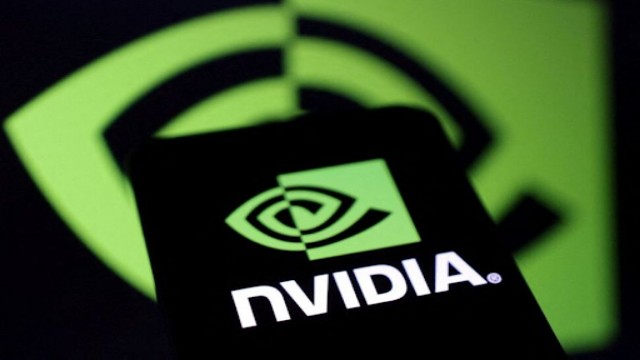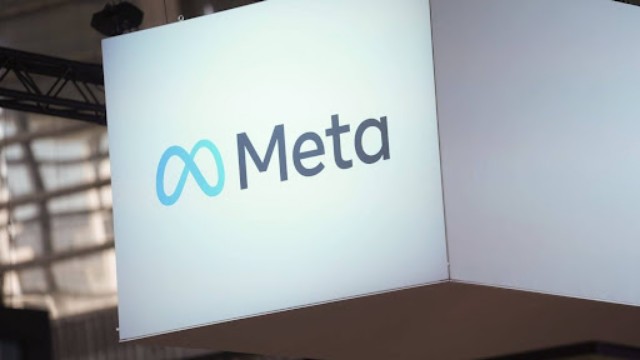
In this photo from the Defense Advanced Research Projects Agency, drones fly in a Defense Department urban warfare exercise at Fort Campbell, Tenn., in Nov., 2021. A single operator supervised a swarm of more than 100 cheap, unscrewed air and land drones at the exercise. With tensions high over Taiwan, U.S. and Chinese military planners are readying themselves for a new kind of war where battleships, fighter jets and amphibious landings cede prevalence to squadrons of AI-enabled air and sea drones
As tensions rise between the United States and China, military strategists from both nations are preparing for a new form of warfare featuring coordinated swarms of air and sea drones equipped with artificial intelligence. This scenario envisions hundreds or even thousands of drones working together, with a single controller overseeing multiple units performing various tasks, including scouting and attacking. Such technology, driven by software, is seen as a critical component in modern military operations, akin to the arms race during the Cold War era. However, unlike nuclear weapons, controlling the proliferation of drone technology poses significant challenges, as it is relatively accessible and affordable for rogue nations and militant groups to acquire.
The Pentagon is accelerating the development of inexpensive and expendable drones as a deterrent against China's aggressive territorial claims, particularly regarding Taiwan. Both the US and China view AI-enabled weapons as inevitable, leading to a competitive arms race. The widespread adoption of swarm technology raises concerns about global instability and increased conflict, according to analysts.
Efforts to regulate drone proliferation have been ongoing for over a decade, with the United Nations advocating for limitations on military applications, such as preventing civilian targeting and banning the use of swarms for nefarious purposes like ethnic cleansing. However, cooperation between the US and China on this front appears unlikely due to ongoing geopolitical tensions and military competition.
While both countries have made significant advancements in drone technology, details regarding the extent of their capabilities remain classified. Recent exercises conducted by the Pentagon and claims made by China's military highlight the rapid progress in drone development.
The competition between the US and China is unlikely to foster trust or reduce the risk of conflict, according to experts. There are concerns that China could offer swarm technology to US adversaries or repressive regimes, potentially exacerbating global security threats. Efforts to address AI safety and regulate the military use of drone swarms have taken a backseat to the intensifying arms race between the two superpowers. Despite verbal agreements to establish working groups on AI safety, concrete actions have yet to materialize.















